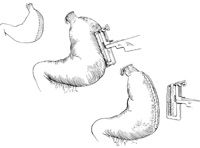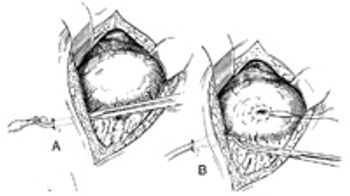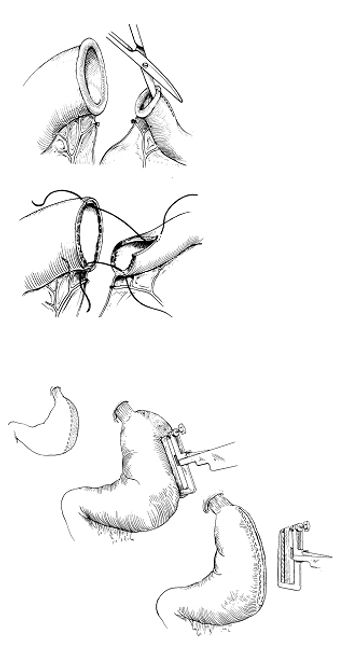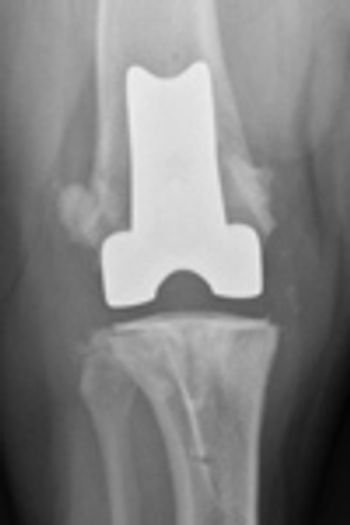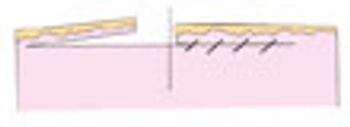
Cryptorchism is defined as the failure of one or both testicles to descend into the scrotum. The cryptorchid testicle can be located anywhere along the path from the area of fetal development of the gonads (just caudal to the caudal pole of the kidney) to the subcutaneous tissue between the external inguinal ring and the scrotum.

